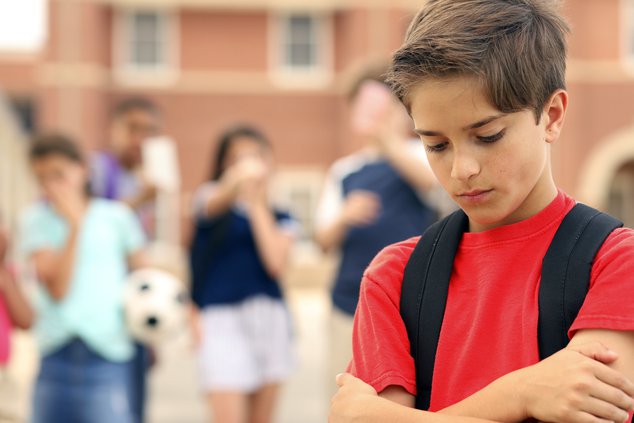Turlock Unified School District recently received the results of the California School Climate, Health and Learning Survey which showed students participating in less substance abuse compared to two years ago, however, more students experienced chronic sadness or hopelessness.
“I’m happy to see the decrease in substance abuse. In some situations, it’s almost double and I think it speaks to those smaller learning environments that we know are necessary and I’m grateful students are finding that safe space to meet their needs,” said Superintendent Dana Trevethan.
The California School Climate, Health, and Learning Survey System is comprised of three interrelated surveys – The California Health Kids Survey for students, the California School Staff Survey and The California School Parent Survey. The student, staff, and parent survey are administered in grade 5 every other year. Students in grades 7,9, 11 and non-traditional students are administered the survey every year, while parents and staff are given it every other year. The survey is anonymous and confidential. Non-traditional schools in the survey were Roselawn High and eCademy Charter.
According to the survey, Turlock fifth graders felt the same about school engagement and parental involvement as they did two years ago. School site bullying saw decreases from two years ago, with 24 percent reporting to be hit or pushed compared to 41 percent in the last survey and 31 percent said they were called bad names or targets of mean jokes compared to 48 percent last time.
Fifth graders were the only age group where substance use increased. One percent of fifth graders said they tried a cigarette compared to 0 percent in 2018-2019, and 18 percent they have tried alcohol or drugs compared to 15 percent from last time.
For 7th, 9th, 11th and non-traditional students, they felt the same school engagement and parent involvement on campus as they did in 2018-2019, with one exception. Non-traditional students reported feeling parent involvement grew by 16 percent from 38 percent to 54 percent.
There was more of a sense of school safety compared to last time the survey was administered, with 82 percent of non-traditional students reporting they felt safe compared to 48 percent two years ago. Seventh graders reported the similar results for substance abuse and alcohol use as they did two years ago, and everyone else saw a decrease compared to 2018-2019 by at least 11 percent.
All students reported less marijuana use compared to 2018-2019, with no category reporting more than 20 percent. The survey started asking students about vaping this year and everyone but non-traditional students reported less than 10 percent of users, while non-traditional reported 11 percent.
All students reported to feeling more chronic sadness and/or hopelessness than last time, with non-traditional students having the biggest jump from 46 percent to 64 percent. Another new question this year was if students knew where to go to solve problems for social and emotional health, and less than half — results ranging from 43-46 percent — knowing where to find help.
“If 46 percent of non-traditional students know how to get help if they have a social and emotional problem, it’s really concerning to me that 54 percent don’t know how. I think with how much we’ve been able to increase our social and emotional services, I just want to make all students have access to these services,” said board president Lori Carlson.





